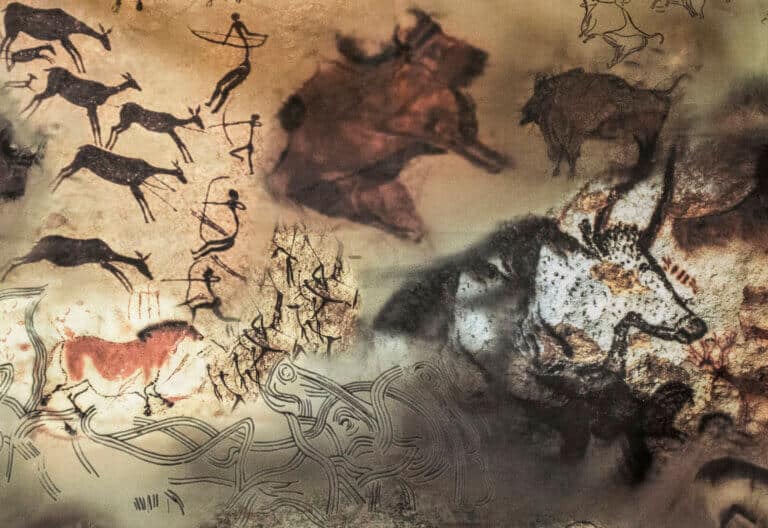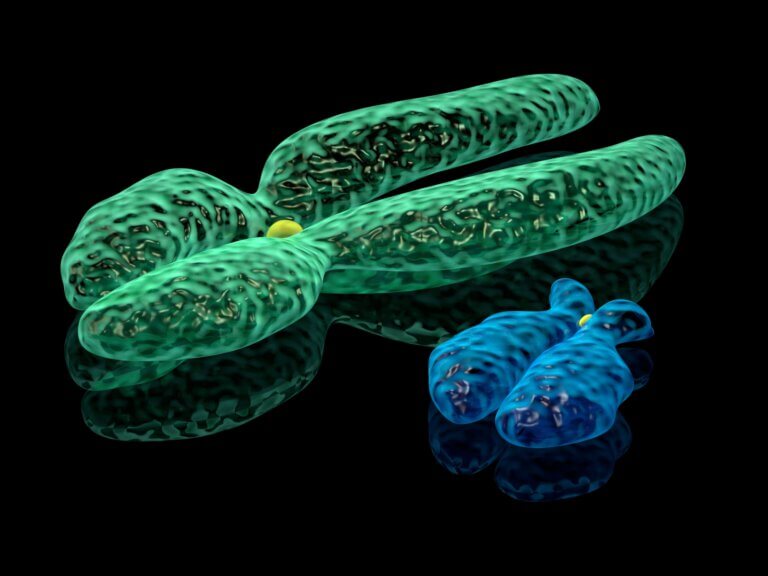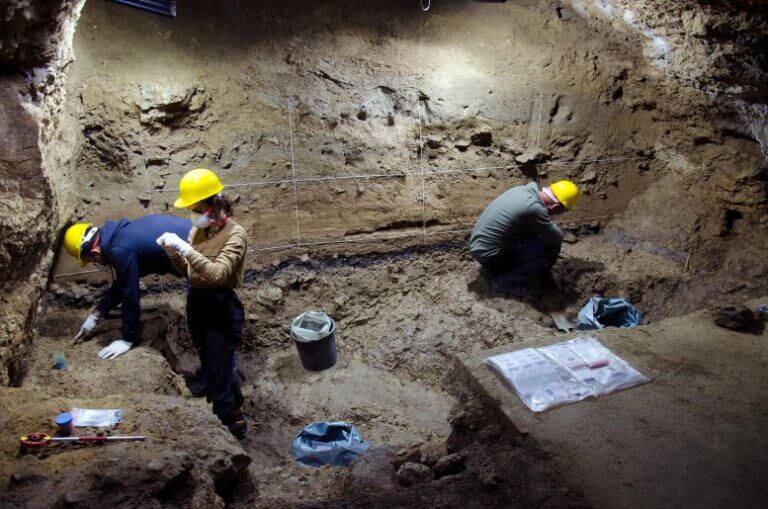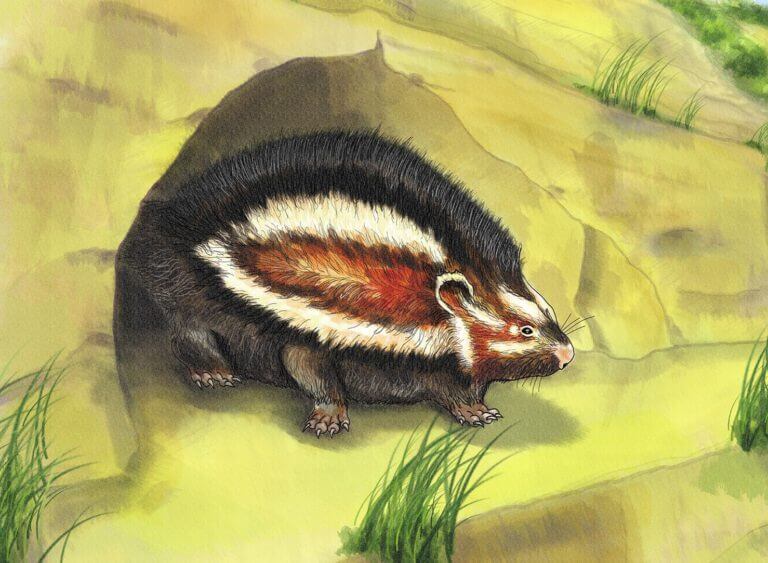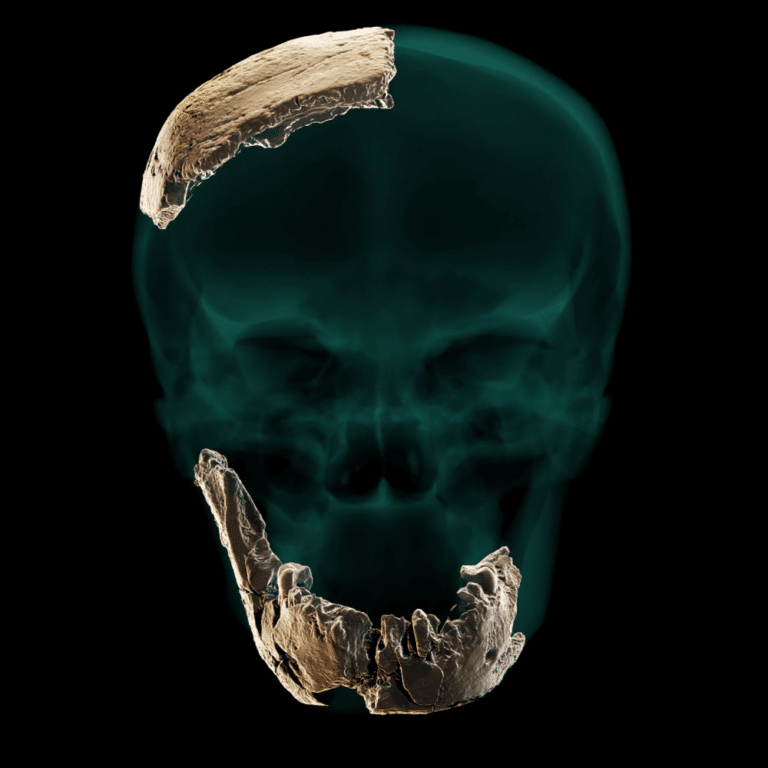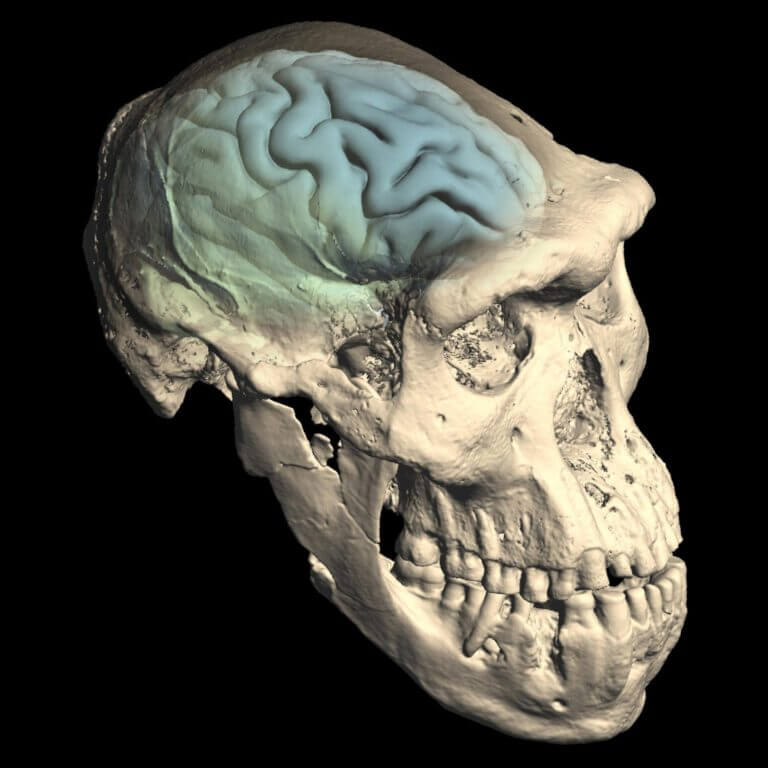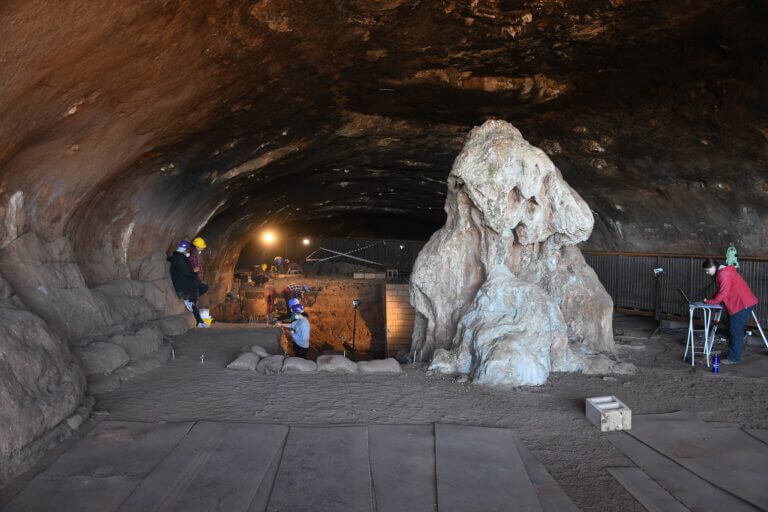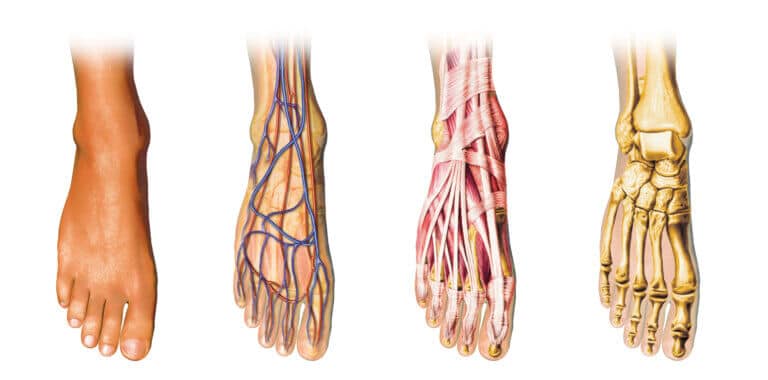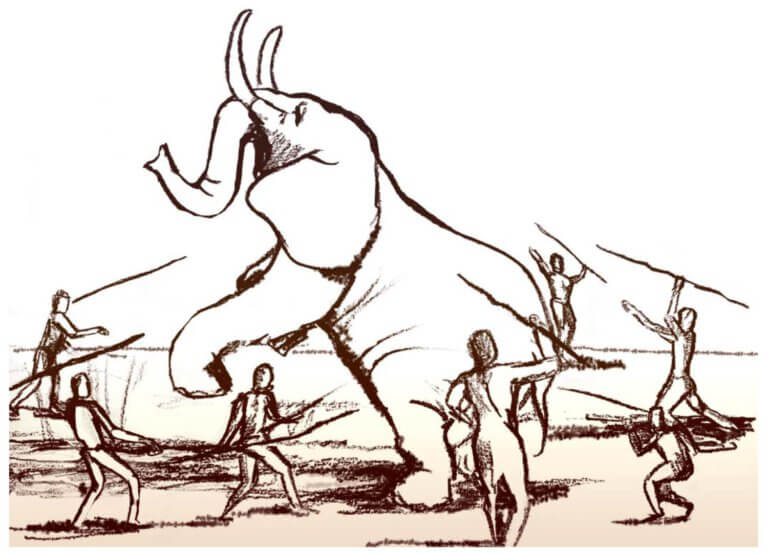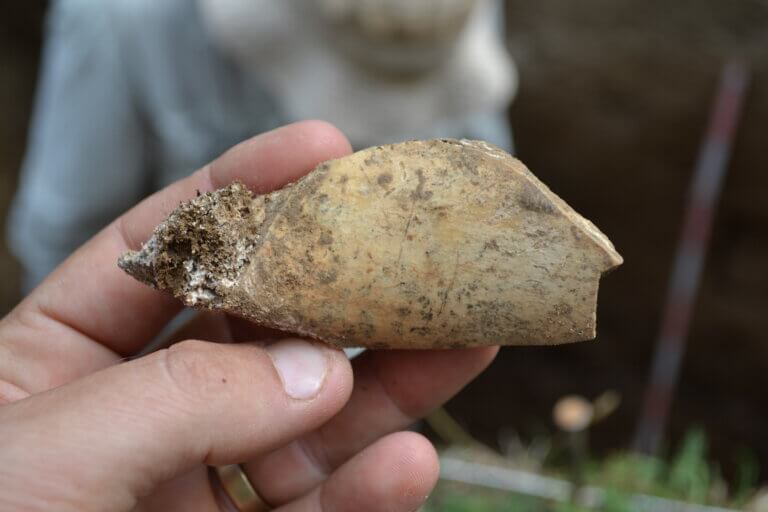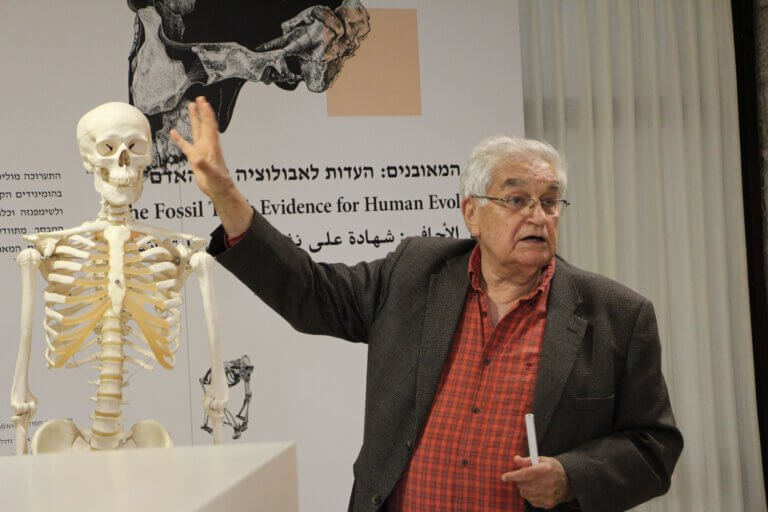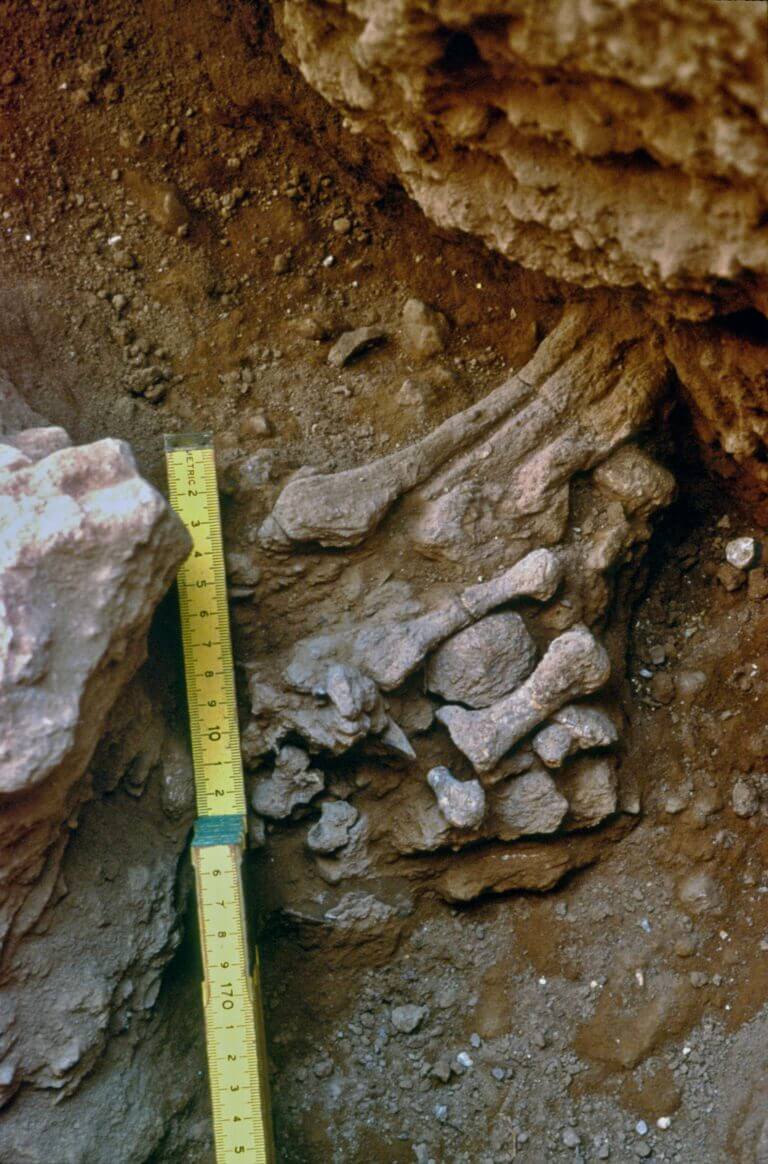Evolution - the rise of man
- Yoram Soreq
- February 5, 2022
- 2 תגובות
Dana asks: Why does tickling make us laugh and why can't we tickle ourselves? Evolution gives an answer to this question as well
- Yoram Soreq
- January 14, 2022
- 8 תגובות
D.K. shares her puzzlement with us, "How is it that dogs don't have navels like ours?"
- Avi Blizovsky
- January 7, 2022
- No comments
Leakey knew how to discover fossils of ancient human species even as a child, as the son of famous parents, but he also cared about preserving nature and fighting ivory traders, received two kidney transplants and a liver transplant, lost his legs in the crash of his plane, and made important discoveries in the field of human evolution
- Tel Aviv University
- December 27, 2021
- 5 תגובות
- Yoram Soreq
- December 4, 2021
- One response
Shmuel is worried about our future, the men "I heard that the male Y chromosome is diminishing over time, is it possible that every generation male mammals are losing more and more of their characteristics? Is it possible that they will disappear?"
- Yoram Soreq
- October 23, 2021
- 5 תגובות
PS asks "Do only humans have a sense of humor and why?"
- Avi Blizovsky
- September 30, 2021
- No comments
New insights into the climatic background of an early dispersal wave of our species into Europe during the last Ice Age.
- The Hebrew University
- July 29, 2021
The researchers even identified that the genetic closeness indicates a split between the maned rats of today and those found in the Judean desert about 120 thousand years ago
- The Hebrew University
- June 25, 2021
The discovery was published as part of a study carried out by a group of Israeli researchers, in which the earliest archaeological evidence of the contemporaneity and close relationship between Homo sapiens and an archaic man who was locally known as "Adam Nesher Ramla" was revealed. A scientific article about the study was published in Science, which emphasized that The initial meeting place was in Israel
- Avi Blizovsky
- June 24, 2021
- No comments
The bones of an ancient human type unknown to science who lived in our region until about 130 thousand years ago were discovered in excavations conducted at the prehistoric site "Nesher Ramla", near the city of Ramla. As usual, the new man was named based on the place of his discovery - "Eagle Man Ramla type". Apparently a remnant of a unique population from the Middle Pleistocene that has not been identified until now
- Israel Antiquities Authority Archeology
- June 15, 2021
Scientists from the Weizmann Institute of Science and archaeologists from the Antiquities Authority returned to the archaeological site of Boker Attama in the Negev, and shed new light on a defining chapter in human evolution
- Avi Blizovsky
- May 25, 2021
- One response
- Yoram Soreq
- May 22, 2021
- 3 תגובות
- The Hebrew University
- April 28, 2021
Researchers from the Hebrew University and the University of Toronto found that the ancient hominids settled in caves and began making tools as early as 1.8 million years ago in South Africa: "The study reliably confirms and establishes our previous estimates regarding the ages of the first settlement in the cave, the changes in stone tool production technologies and the first deliberate use of fire "
- Yoram Soreq
- April 23, 2021
- 3 תגובות
Yair asks "Is there a person who does not have a name?"
- Yoram Soreq
- March 12, 2021
- One response
Jinjun wonders what the toes are for? Are they a useless organ destined to degenerate and disappear? And why is it so painful for them to hit a piece of furniture at night?
- Avi Blizovsky
- March 1, 2021
- 8 תגובות
A new article by Dr. Miki Ben Dor and Prof. Ran Barkai, researchers from the Department of Archeology offers a unifying explanation for the accumulated physiological changes and the social behavior of humans since the appearance of man about two million years ago until the agricultural revolution
- Yoram Soreq
- February 19, 2021
- 6 תגובות
Strangely, Naomi, not only is it not known why people kiss, but it is not even clear whether the romantic kiss is a universal gesture and whether it is a learned behavior, but evolution has clues
- The Hebrew University
- February 8, 2021
- No comments
Israeli and international researchers excavated a site in Armenia, which was at the edge of the known world at the time, and concluded that the wanderings were not random but seasonal
- Avi Blizovsky
- February 7, 2021
- 28 תגובות
Says Prof. Yoel Rak, a member of the Academy of Sciences and one of the lecturers at the online conference "Origin of Homo Sapiens" that will be held on Darwin Day - 11/2 at Zoom. According to him, there are endless races without a clear border between them, but the changes that exist make it possible to reconstruct the human journey. Prof. Arala Khobars and Dr. Assaf Marom will also participate in the conference
- Yoram Soreq
- January 22, 2021
- 2 תגובות
- Weizmann Institute
- October 6, 2020
- 3 תגובות
Researchers at the Weizmann Institute of Science and Tel Aviv University have recently applied their own sophisticated technologies to examine how stone tools were produced at the end of the Paleolithic period found in Kesem Cave near Rosh Ha'Ein
- Science site The Conversation
- September 26, 2020
- 6 תגובות
Studies have shown that the hunter-gatherers cooperated and did not compete. The competition started with agriculture
- The Hebrew University
- August 12, 2020
- 8 תגובות
- Yoram Soreq
- July 25, 2020
- 11 תגובות




